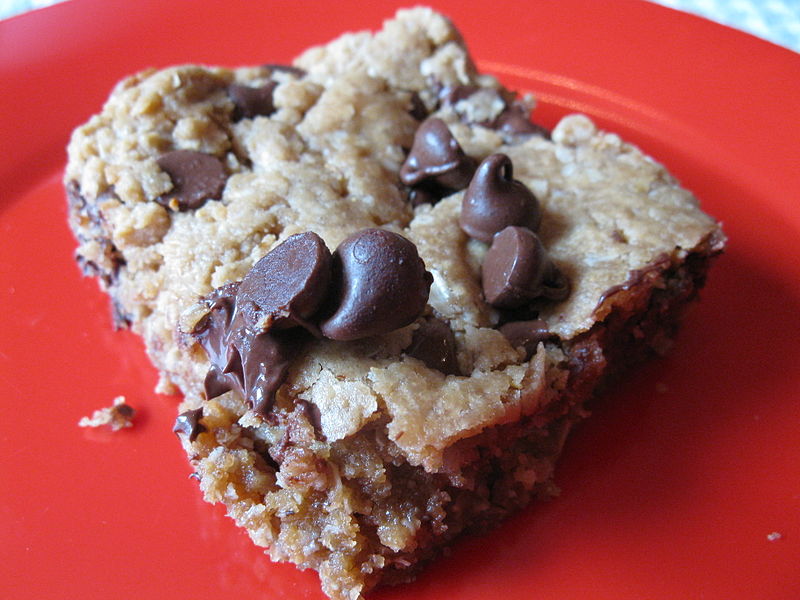Even before COVID-19 arrived on the scene, the life expectancy of brown and black people was greatly compromised due to high numbers of high blood pressure, diabetes, heart disease and autoimmune diseases such as lupus. These underlying medical conditions make these groups more susceptible to contracting the airborne coronavirus.
Good health is a universal wish, but we can’t ignore the fact that certain ethnic groups are at higher risk for chronic issues than others.
Among factors that contribute to these health issues are the usual culprits– diet and exercise. A little more willpower and dedication and voila! No more health disparities….not quite. It is wishful thinking, but seeing how a certain chicken sandwich recently had everyone going wild suggests that we still have a ways to go.
A healthy and balanced diet generally consists of an assortment of fresh fruits and vegetables, whole grains and fiber with little fat, salt and sugar. It’s great food for thought, but is just not that easy for all households. Bad eating habits sometimes go back generations.
In the 1920s there were almost one million black farmers – about 14 percent of all farmers – in the United States. That number has drastically decreased to about 45,000 – about 0.4 percent – in 2019. The history of discrimination against black farmers by the U.S. Department of Agriculture will be reserved for another space, but the lack of access to funds and insurance led to the gradual loss of valuable farmland and other resources.
The loss of black farming resources seems to have been supplemented by an influx of junk food and fast foods that heavily advertise to people of color. Our observations have been that burgers and fried foods are among the predominant menu items in black neighborhoods.
Heavily processed foods high in sugar, salt and fat are sometimes more appealing to the taste buds and cheaper to purchase than the organic alternatives. A family-sized bag of chips costs less than a half-dozen apples.
Granted, black farmers are not the only source of fresh produce for black households, but black households presumptively make up most of their customer base.
Lately households across the country have benefited from the Coronavirus Food Assistance Program. About $1.2 billion worth of fresh produce, dairy and meat products are being distributed in family-sized boxes throughout the country. The fresh carrots, onions, celery and other goodies are a welcome sight during this time of economic uncertainty. Our hope is the food boxes will be a jumpstart for healthier eating in those households that are more accustomed to burgers and fries. There is no time like the present to make better eating choices.
Are you stumped at how to prepare the fresh vegetables in the food box you received? Whether you like them steamed, sautéed, grilled or baked, the Internet is full of great recipes. Try one tonight.
-Sojourner Faith



